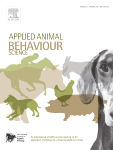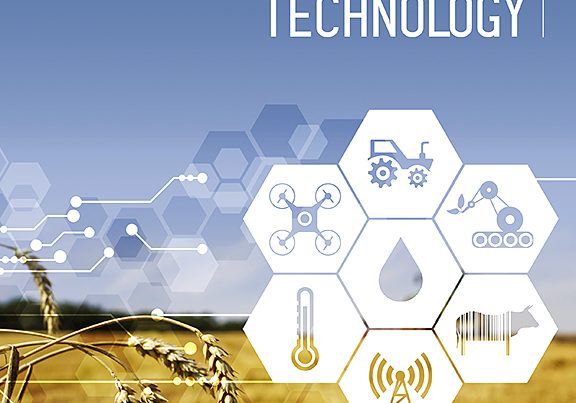Document type : Scientific article published in Applied Animal Behaviour Science
Authors: Kelsey C.Horvath, Katie N.Gingerich, Catherine L.Hixson, Emily K.Miller-Cushon
Preview: Individually housed dairy calves typically have restrictive environments which could lead to detrimental effects on cognition. We hypothesized that providing calves with hay prior to weaning, in addition to a standard starter diet and milk, would improve cognitive ability and influence adaptation to a novel environment and social group after weaning. Individually-housed Holstein heifer calves were assigned at birth to receive pelleted starter only (n = 8), or hay in addition to starter (n = 9), in addition to milk (8 L/d) fed via teat in 2 daily meals. During week 5 of life, initial and reversal learning ability were assessed in a discrimination task conducted in a T-maze. Calves were tested over 5 d and received 5 sessions/d or until the learning criterion (moving directly to correct side in 3 consecutive sessions) was reached for both stages. Behavior was recorded from video during the test, including time to complete the test, movement inside maze, licking/sniffing, and frequency of kicking. Calves provided hay required fewer sessions to pass the initial learning stage compared to calves provided starter only (3.6 vs. 12.1; SE = 2.1). During the initial learning stage, calves provided hay were also faster to find the reward, and kicked and moved between sections of the maze less frequently. Of the calves that continued onto reversal learning (n = 6 calves provided starter only; n = 9 calves provided hay), sessions required to meet the learning criterion was similar between treatments and behavior within the maze did not differ. After weaning, calves were introduced into a social group on pasture, and their behavior was recorded for an 11 h observation period beginning at time of introduction. Duration of time spent in different areas of the pasture, feeding time, and latency to begin feeding after introduction did not differ between treatments. However, calves provided hay tended to have less frequent visits to the feeding area. Activity was similar on the day of introduction and across the first 5 d after entry into the pasture. These results suggest that providing hay during the milk-feeding stage improved initial learning, but we did not find an effect on reversal learning or on ability to adapt to a novel group after weaning.




